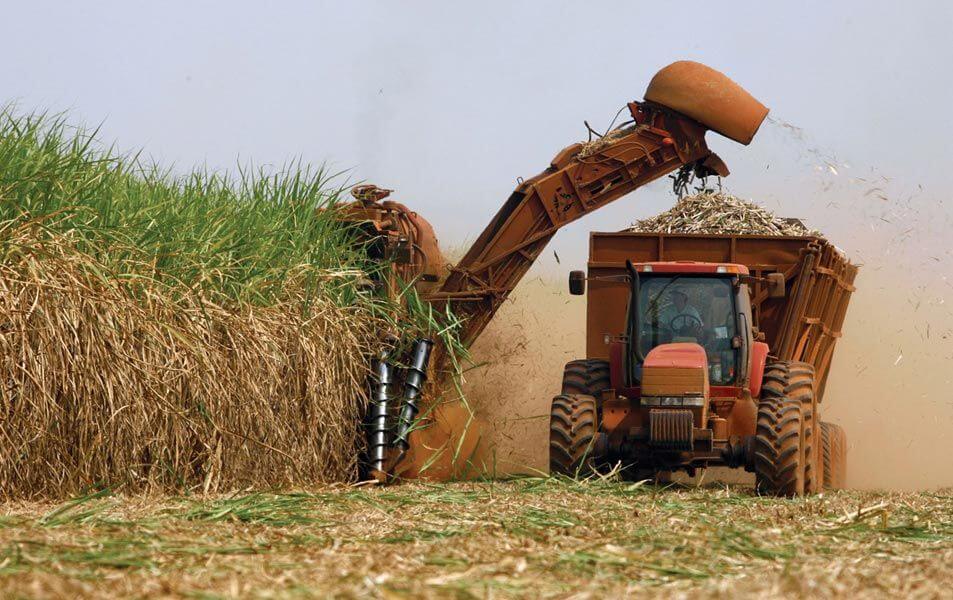Zim sugar sales jump 23 percent
Zimbabwe’s total domestic sugar sales volumes rose 23 percent to 194 334 tonnes, in the half year to September 30, 2021, compared to the same period in the prior year.
Latest industry statistics shows that the growth was driven by a combination of strong local demand and improved supply from producers.
Hippo Valley Estates accounted for 52,9 percent of the total industry sales volumes of 223 892 tonnes, an increase from the 49,8 percent recorded in the same period last year.
Zimbabwe Sugar Sales (Private) Limited (ZSS) is the single marketing desk for the Zimbabwe sugar industry at brown sugar level.
While export sales went down, the demand on the domestic market remained firm.
“Price realisations in both local and foreign currency on the local market remained firm in current purchasing power terms.
“While the local market foreign currency inflows were firm during the period under review, these have subsequently slowed down owing to exchange rate dynamics within the economy,” said Hippo chief executive officer Aiden Mhere in a statement accompanying Hippo’s financials for the half year to September 30, 2021.
Sugar exports went down by 56 percent to 29 558 tonnes in the half year period compared to 66 629 tonnes recorded during the same period last year following the industry’s reduced COMESA quota allocation, through Kenya, for the year.
According to Mr Mhere, volumes that were targeted for this market were redirected to satisfy strong local demand and efforts were underway to diversify regional markets.
He said: “Market development efforts are underway to establish other regional markets to supplement the existing stable Botswana market and reduce Kenya market concentration risk.
“The industry concluded the sale of 13 000 tonnes of sugar under the country’s annual export quota to the United States, at an average net price 9 percent above target.”
Meanwhile expansion work on the mega cane fields – Project Kilimanjaro, has stalled due to funding constraints as a result to delays in settling funding options with local financiers.
Project Kilimanjaro, which is being undertaken by Tongaat Hulett Zimbabwe in partnership with the Government and local banks, has seen a total of 2 700 hectares of virgin land being bush cleared and ripped and 562 hectares planted to sugarcane in prior years.
On completion, Project Kilimanjaro is expected to contribute significantly to industry’s ability to fully utilise its installed capacity of 600 000 tonnes of raw sugar by 2024/25 while positioning Zimbabwe as one of the most competitive sugar producers in the region.
“Expansion works on the 4 000 hectares cane development project (Project Kilimanjaro) remain suspended due to delays in concluding funding arrangements with financial institutions pending further clarity on land tenure,” said Mr Mhere.
In the outlook period, the sugar industry is upbeat of good performance on the back of good rainfalls and subsequently adequate water for irrigation while the milling season is also set to close in early December, benefiting from an early season start which will in the long term reposition the crop and prevent the previously experienced disruptive impact of harvesting during wet spells in December.
“With adequate irrigation water cover for at least two seasons at normal water duty secured in the industry’s key water systems, and positive rainfall forecasts, the total production for the sugar industry is forecast to grow towards maximum milling capacity over the next five years driven by both vertical and horizontal sugarcane growth,” said Mr
Mhere.-herald.coz.











